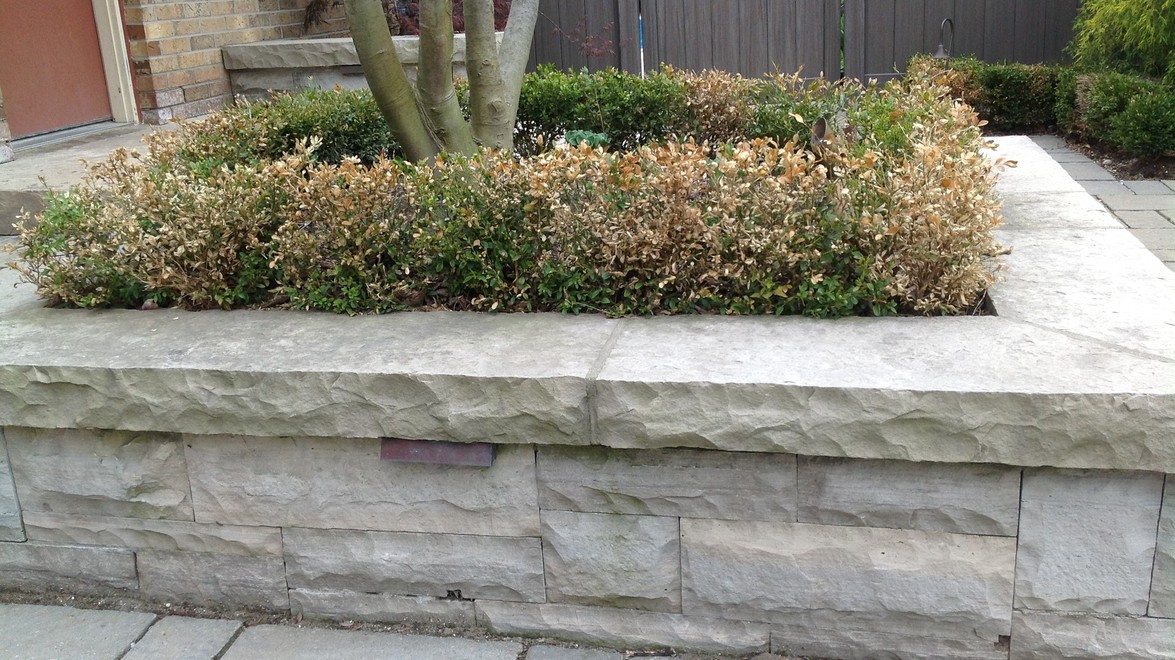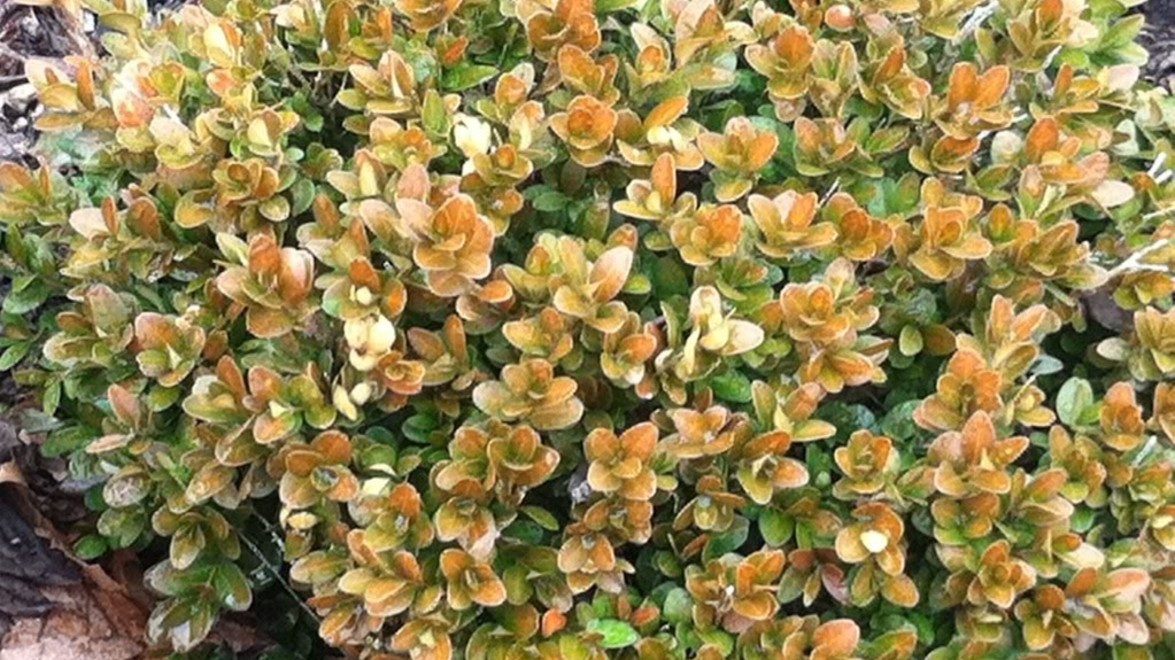
Last winter’s extremes (low temperatures, extreme snow fall, prolonged and continuous cold, December ice storm) plus the usual wind and salt effects, may have caused injury to your landscape.
Not only that, but the overall health and growth of many plants has slowed due to the unseasonably damp and cool temperatures this spring. Here are a few problems you may be seeing:
### Winter Burn (Browning of Leaves)
The leaves of boxwood, azaleas, rhododendrons, hollies, mountain laurel and other broadleef evergreens, which normally stay green year round, turn brown (also known as desiccation). Caused by cold winter winds drawing moisture from the plants, it may be especially noticeable on the windward side of plants.
On boxwoods in particular, you may observe the leaves turning a golden color, with some green/brown on the outer leaves, while the inside leaves remain green. This can be treated by applying a special granular fertilizer blend into the soil, and adding appropriate soil and a protective mulch layer to the base of the plants to help with their recovery.
If the boxwood displays no interior green leaves, and are ‘soft’ on the inside, then this is a sign that the plant may not recover and may require replacement.
### Cold Temperature Damage
Exposure to this winter’s extreme temperatures may cause delayed leaf development on plants and may also cause buds and entire branches to die. Don’t be surprised if you also see some plants start to leaf out but then collapse.
Be sure to wait until after shrubs leaf out before pruning to avoid cutting off live growth. Corrective pruning along with recommended fertilization and proper watering will often help these plants recover.
Information taken from *Winter tree and shrub injury: What are the signs?* posted by **Rebecca Krans**, University of Michigan. The full article can be found [here](http://msue.anr.msu.edu/news/winter_tree_and_shrub_injury_what_are_the_signs)

